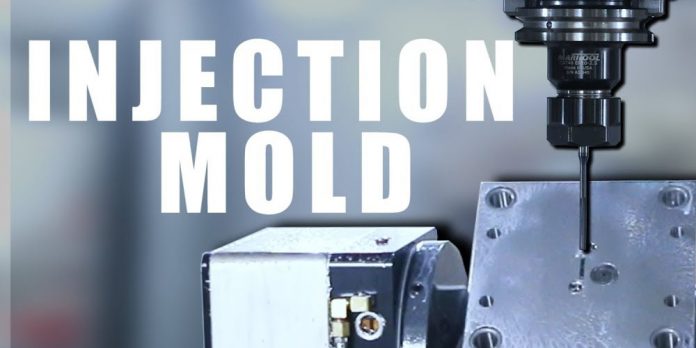There are several injection molding manufacturers in the market which is attributed to the increased popularity of injection molding as a method for manufacturing. These manufacturers use a wide range of injection molding materials which we will discuss below.
Types of materials used in injection molding
Plastic is the primary type of material used in injection molding. However, there are various types of plastic used in this manufacturing process. Below are some of these variants of plastic;
1. ABS (Acrylonitrile Butadiene Styrene)
This material is highly used in injection molding. It is particularly used for making housing, containers, and a wide range of household goods. The plus side to this type of material is that it produces high-quality products. However, the downside is that ABS does not have the chemical resistance present in other types of materials used in injection molding.
2. HDPE (High-Density Polyethylene)
This is an excellent material with fantastic properties, like chemical resistance, temperature resistance, and a substantial-high strength-to-density ratio. These elements make it one of the most popular types of materials applied in injection molding. It is easy to mold. For this reason, it is used to make a wide range of consumer and industrial goods. For instance, it is used to make bottles and containers. However, the several incredible qualities make it costly.
3. (LDPE) Low-Density Polyethylene
This type of plastic is softer and more flexible than HDPE. This is the only difference between LDPE and HDPE. Other than this, this materials feature the same elements as HDPE. In addition to its increased flexibility, these elements make it incredible for making products like plastic bags and squeeze bottles.
4. (PP) Polypropylene
This is one of the wildly applied materials in plastic injection molding. Its high applicability can be attributed to the fact that it is very versatile. In many ways, it resembles HDPE. However, unlike HDPE, PP is less dense, resistant to high temperatures, and stiffer. These elements make it a great choice for making containers and electrical parts.
5. (PS) Polystyrene
This type of plastic is a primary component of Styrofoam. It is used in injection molding to make cases, food containers, medical and laboratory equipment. Its popularity in injection molding can be attributed to its cost-effectiveness. Another incredible elements of PS are that it is brittle and easy to mold. However, the fact that it’s brittle also makes it a poor choice of material for durability.
6. Acrylic
This material is highly used because of its glass-like appearance and heat-resistance. It is also resistant to scratching and UV exposure. Therefore, products made from acrylic can withstand stains and odors. For this reason, acrylic is used to make products used in the food and beverage industry.
7. (PU) Polyurethane
This injection molding material is easy to mold and quite versatile. For these reasons, it is used to make items used in industrial applications and marine environments. It is also highly rigid, an element that makes it great for durability. It is also one of the best temperature-resistant materials.
Characteristics of materials used in injection molding
All the materials used in injection molding feature the following characteristics;
- Easy to mold
- Durable
- Low melting and cooling point point
- Attractive
- Flame retardant
- Stability in extremely high temperatures
Conclusion
In addition to the materials mentioned above, liquid crystal polymer, polyphenyl sulfone, and acetone are also applied in injection molding. Most of these materials feature the same elements. It is worth mentioning that the type of material used is determined by the type of application, machine, machine, and manufacturer.







